Tardigrade
Waterbears are immortal
The tardigrades or water bears are tiny animals, between 0.1 mm and 1.5 mm, and multicellular invertebrates. The cub of water the tardigrade name means "slow walker" is named by Lazzaro Spallanzani in 1777. The tardigrades are eight small legs ending in claws. Their characteristic is to live in different environments around the globe, from polar regions to the equator, preferring mossy areas, such as forests and tundra, as the lichen is their favorite food.
Ingemar Jönsson of the University of Kristiangard in collaboration with ESA, has launched the Tardis (tardigrades in space) to test the resistance of tardigrades. September 14, 2007 embedded in a Soyuz rocket, two species of tardigrades (see nota), among 1150 existing species were exposed to conditions in space. In the words of the article published in Current Biology, ultraviolet radiation, 1000 times higher than on Earth, would have destroyed its chromosomes. But after ten days, the tardigrades for the most part survived. We already knew tardigrades can withstand a huge temperature range of -270 ° C to +150 ° C, vacuum or pressure of a huge ocean hypothetical 60,000 meters or 600 mega Pascal (6 000 bar). Swedish researchers believe that tardigrades in space does not emerge unscathed from their trip because the UV damaged DNA. However, some animals have managed to "repair" to survive. On land, they are also present in the sand, foam roofs wetlands, sediment saline or freshwater. Their life is not really known, however, tardigrades are able to stop their metabolism and become immortal (state cryptobiosis). These qualities make it an amazing super champion resistance animal. In the laboratory, scientists have managed to maintain eight years in a state of cryptobiosis and tardigrades have returned to life. To enter cryptobiosis, tardigrades retract their eight legs and is almost completely dehydrated. They lose more than 99% of their water, replacing it with a sugar they synthesize.
This kind of antifreeze protects its cells. During this period he protects himself in a small ball of wax called microscopic barrel that limits water loss. When favorable conditions return, water covers the Pooh to life. Some insects, frogs and crustaceans are as capable of entering into cryptobiosis tardigrade, but the tardigrade can hold this for thousands of years and wait for warmer conditions for life miraculously recovered. Tardigrades were found in an ice sheet 2,000 years and came back to life. This form of resistance allows it to suspend time, but also to survive extreme temperatures.
But whence comes this exceptional resistance?
Nature does not create living over equipped, compared to their environment, for nothing. How natural selection has done to test these features aliens?
The tardigrade is so resistant to extreme cold, that one wonders why. Since these conditions are absent on the Earth. This oversupply of tardigrade is it due to chance or origins outside our planet?
The tardigrade is still an exceptional animal that could teach us a lot about life in the universe. Therefore, the scientific community shows towards this gifted, interest infinity.
NB: The two species of tardigrades chosen to be tested in space are the species Richtersius coronifer and Milnesium tardigradum. 4 samples of animals, each including about 30 animals and 30 eggs were prepared for Tardis (Tardigrades in space) mission. Because of the loss due to dehydration of the preparation, in the final samples are slightly lower than 30. Samples Richtersius coronifer adults were obtained from a population found in the south of Sweden. The Milnesium tardigradum adults were obtained from a population of laboratory reared in the Department of Zoology (University of Stuttgart), but from a population found in the German countryside.
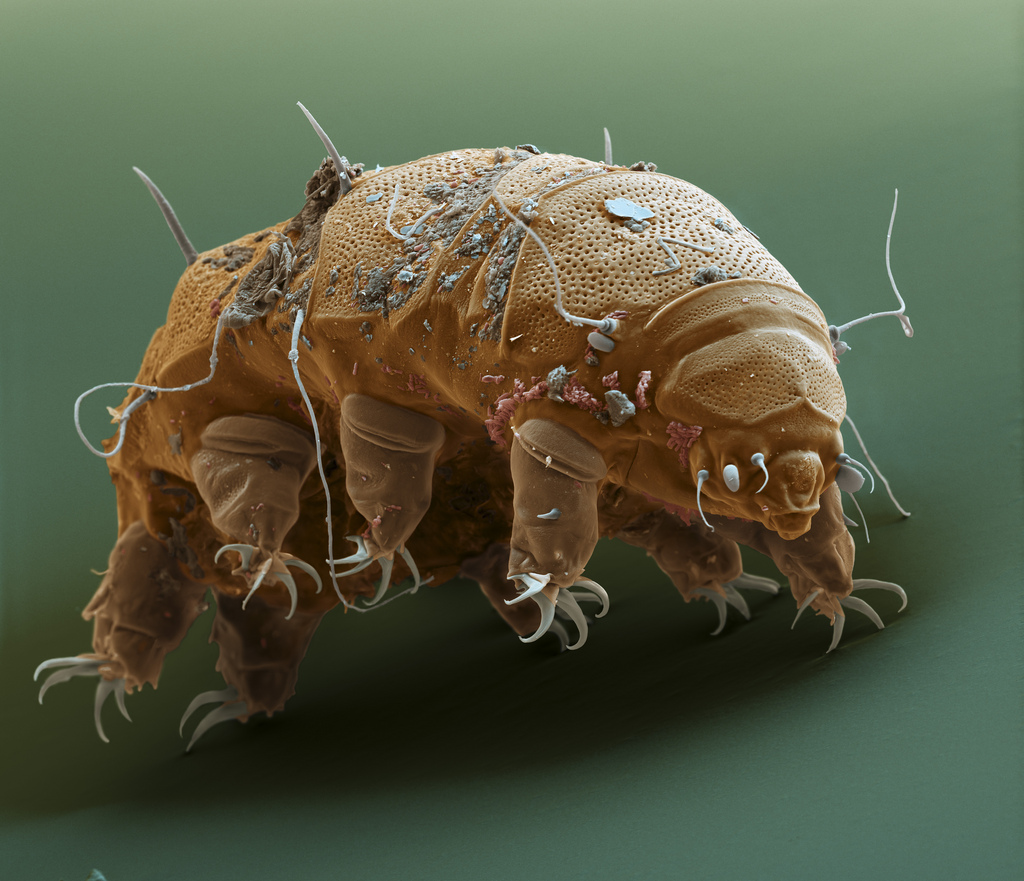
Image: Tardigrades, measuring between 0.1 mm and 1.5 mm, are equipped with eight short legs ending in claws.
On land, they are everywhere some is the middle. Tardigrades are able to stop their metabolism and become immortal (state cryptobiosis).
To enter cryptobiosis, tardigrades retract their eight legs and is almost completely dehydrated.
This form of resistance allows it to suspend time, but also to survive extreme conditions.
NB: The cryptobiosis refers to a state completely stopped the metabolism of an organism. It is truly a completely inactive state, the animal becomes almost indestructible and immortal. Tardigrade hypsibius dujardini
Video on the incredible strength of tardigrades. Naturalist Mike Shaw from the New Jersey wonders if this microscopic animal that looks like a caterpillar to 8 feet and lives in mosses and lichens, do not come from space. Is it an alien?
With their impressive survival skills, tardigrades interest to astrobiologists NASA and the European Space Agency. According to the scientific theory known as Panspermia, the tardigrades could come from elsewhere. Scientists hope to discover the mechanisms that allowed tardigrades to repair themselves after the test of vacuum of space. We already knew that bacteria and lichens could withstand the extreme conditions of space. But animals also evolved than tardigrades, with a head, a mouth, digestive tract, paws, claws, muscles, nervous system, can withstand the vacuum of space and stellar radiation, surprised the scientific world. This creature, facing death, enters into cryptobiosis, it retracts its eight legs, is almost completely dehydrated, it loses more than 99% of its water and replace the water with antifreeze its fabrication, a sugar known as name trehalose. And finally to protect completely it is surrounded by a microscopic ball of wax.
NB: Panspermia was proposed in 1878 in a modern form by Hermann von Helmholtz. It is a scientific theory that the Earth had been fertilized outside. Life would be coming to Earth filed by rocky bodies such as comets, so we say lithopanspermy. In the same theme, the pathospermy explain the emergence of new diseases came from elsewhere.
Articles on the same theme
1997 © Astronoo.com − Astronomy, Astrophysics, Evolution and Ecology.
"The data available on this site may be used provided that the source is duly acknowledged."
How Google uses data
Legal mentions
English Sitemap − Full Sitemap
Contact the author
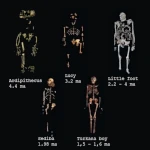 Hominins: Appearance, Expansion, and Extinctions
Hominins: Appearance, Expansion, and Extinctions  Major Natural Disasters: What Are the Most Likely Threats?
Major Natural Disasters: What Are the Most Likely Threats? 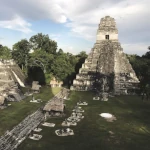 Major Civilizational Collapses: Key Periods and Causes
Major Civilizational Collapses: Key Periods and Causes
 Generative AI vs AGI: Where does imitation end and consciousness begin?
Generative AI vs AGI: Where does imitation end and consciousness begin?
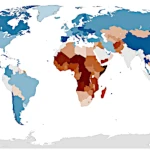 Declining Births: Demographic Catastrophe or Natural Evolution?
Declining Births: Demographic Catastrophe or Natural Evolution?  Natural Selection vs. Chance: Why Evolution is Not a Lottery?
Natural Selection vs. Chance: Why Evolution is Not a Lottery?  What if Life Originated from Earth? A Revolution in the Theory of Panspermia
What if Life Originated from Earth? A Revolution in the Theory of Panspermia 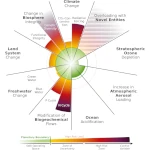 The Great Bifurcation that will Disrupt Our World: Survival or Collapse?
The Great Bifurcation that will Disrupt Our World: Survival or Collapse? 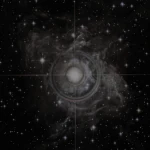 Primordial Chemistry: Where Do the First Organic Molecules Originate?
Primordial Chemistry: Where Do the First Organic Molecules Originate? 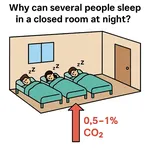 CO and CO₂: Two Gases, Two Risks, Two Biological Mechanisms
CO and CO₂: Two Gases, Two Risks, Two Biological Mechanisms  Spontaneous Synchronization: A Universal Phenomenon, from Physics to Life
Spontaneous Synchronization: A Universal Phenomenon, from Physics to Life  Artificial networks vs biological networks: Two systems, one common architecture
Artificial networks vs biological networks: Two systems, one common architecture  Human Brain and Artificial Intelligences: Similarities and Differences
Human Brain and Artificial Intelligences: Similarities and Differences  Time Challenge: How to Illustrate a Billion Years?
Time Challenge: How to Illustrate a Billion Years? 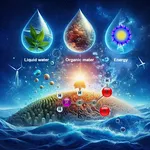 The Three Essential Components for the Emergence of Life
The Three Essential Components for the Emergence of Life  Why Did the Genus Homo Nearly Go Extinct 900,000 Years Ago?
Why Did the Genus Homo Nearly Go Extinct 900,000 Years Ago?  AlphaGo vs AlphaGo Zero: A Revolution in Artificial Intelligence
AlphaGo vs AlphaGo Zero: A Revolution in Artificial Intelligence  The Next Step for Intelligent Machines
The Next Step for Intelligent Machines  The First Step Towards the Emergence of Life
The First Step Towards the Emergence of Life  Formal neuron
Formal neuron  The shadow biosphere
The shadow biosphere 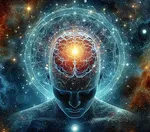 Decline of Anthropocentrism
Decline of Anthropocentrism  Artificial intelligence: the explosion of gigantism
Artificial intelligence: the explosion of gigantism  When AI models train on their own data, they go mad!
When AI models train on their own data, they go mad!  Emergence of artificial intelligence: Illusion of intelligence or intelligence?
Emergence of artificial intelligence: Illusion of intelligence or intelligence?  The horseshoe crab, a living fossil!
The horseshoe crab, a living fossil! 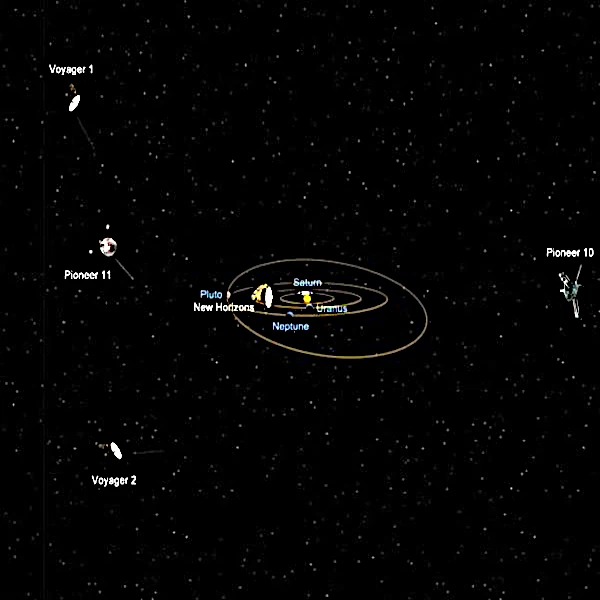 Biosignatures or presence of life in the Universe
Biosignatures or presence of life in the Universe  Challenge and threat of Artificial Intelligence
Challenge and threat of Artificial Intelligence  How do machines understand, interpret and generate language in a similar way to humans?
How do machines understand, interpret and generate language in a similar way to humans?
 How does an artificial neural network work?
How does an artificial neural network work?  Origin of life on Earth: Panspermia theory
Origin of life on Earth: Panspermia theory  Origin of life on Earth: White smoker theory
Origin of life on Earth: White smoker theory  Why 37 degrees Celsius?
Why 37 degrees Celsius?  Are We Alone in the Cosmos? Between Science and Speculation
Are We Alone in the Cosmos? Between Science and Speculation 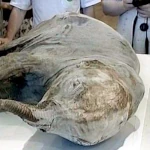 Traces of Life in the Ice: The Emergence of Prehistoric Mammoths
Traces of Life in the Ice: The Emergence of Prehistoric Mammoths 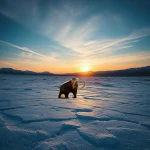 The Younger Dryas: The Mini Ice Age That Wiped Out the Megafauna
The Younger Dryas: The Mini Ice Age That Wiped Out the Megafauna  The Two Great Ice Ages: Surviving in the Oceans of a Frozen Earth
The Two Great Ice Ages: Surviving in the Oceans of a Frozen Earth  Regeneration in Animals Following Amputation: Organic Regrowth
Regeneration in Animals Following Amputation: Organic Regrowth  At the Limits of Life: Mephisto, Worm of the Infernal Depths
At the Limits of Life: Mephisto, Worm of the Infernal Depths  Discovery of solid buckyballs in space
Discovery of solid buckyballs in space 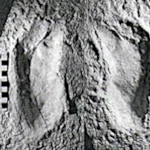 Human Walking: The Origins of Bipedalism in Hominids
Human Walking: The Origins of Bipedalism in Hominids 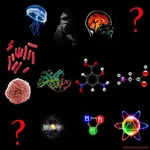 The passage between the inert and the living
The passage between the inert and the living 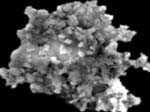 From particles to biochemical life
From particles to biochemical life 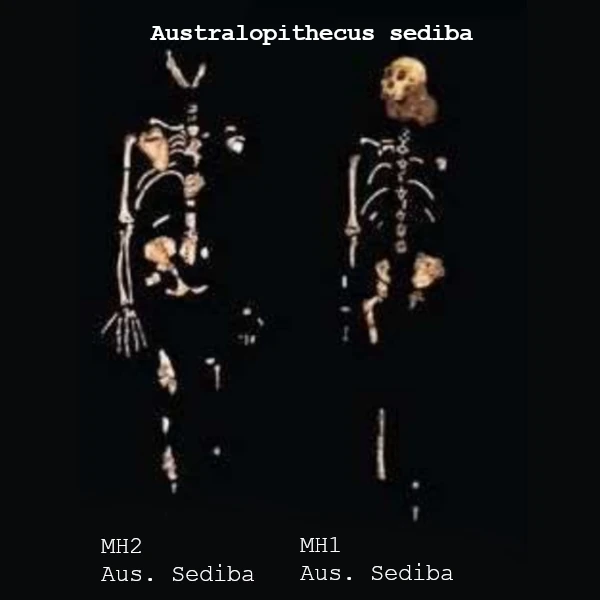 Karabo: A Window into Human Evolution
Karabo: A Window into Human Evolution  Egocentric vision, the man at the center
Egocentric vision, the man at the center  Megapod uses volcanic heat
Megapod uses volcanic heat 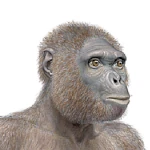 Ardipithecus: The 4.4-Million-Year-Old Ethiopian Hominid
Ardipithecus: The 4.4-Million-Year-Old Ethiopian Hominid  Natural Selection: The Peppered Moth
Natural Selection: The Peppered Moth  The Ordovician: The Era of Corals, Trilobites, and Graptolites
The Ordovician: The Era of Corals, Trilobites, and Graptolites  Liquid Water, Much More Than a Solvent: A Catalyst for Chemical Reactions
Liquid Water, Much More Than a Solvent: A Catalyst for Chemical Reactions  Neanderthal: Humanity's Lost Cousin
Neanderthal: Humanity's Lost Cousin 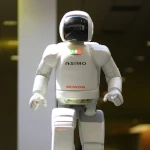 Asimo the future humanoid
Asimo the future humanoid  What Conditions Allowed the Emergence of Life?
What Conditions Allowed the Emergence of Life? 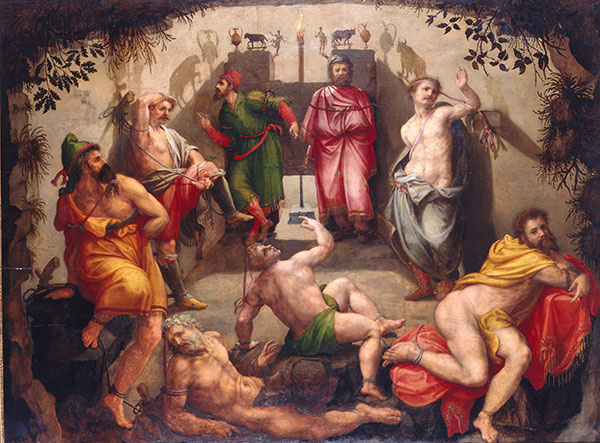 Fermi's paradox or Plato's cave
Fermi's paradox or Plato's cave 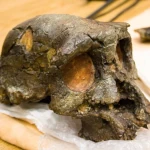 Toumaï: One of the Oldest Known Hominins
Toumaï: One of the Oldest Known Hominins 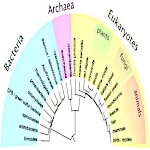 The Origin of Life: From the First Organisms to Current Biological Diversity
The Origin of Life: From the First Organisms to Current Biological Diversity  Life in the Abyss: The Extreme Adaptation of Creatures
Life in the Abyss: The Extreme Adaptation of Creatures  Cyanobacteria and the Oxygen Crisis: A Primordial Ecological Catastrophe
Cyanobacteria and the Oxygen Crisis: A Primordial Ecological Catastrophe  From Matter to Life: The Blurred Frontier of Biological Emergence
From Matter to Life: The Blurred Frontier of Biological Emergence 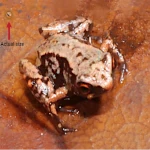 The Smallest Frog in the World: Physiological Secrets of a Microvertebrate
The Smallest Frog in the World: Physiological Secrets of a Microvertebrate  The explanation of the Little Ice Age
The explanation of the Little Ice Age  The Light of Life: A Biosignature Revealed by the Moon
The Light of Life: A Biosignature Revealed by the Moon  Living Light: The Dazzling Secrets of Bioluminescence
Living Light: The Dazzling Secrets of Bioluminescence 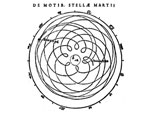 Beyond our senses, the great scientific revolutions
Beyond our senses, the great scientific revolutions 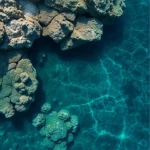 The Primordial Soup: Chemical Cradle of Terrestrial Life
The Primordial Soup: Chemical Cradle of Terrestrial Life 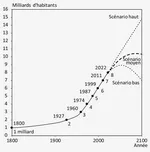 World Population: From One Billion Humans to Demographic Saturation
World Population: From One Billion Humans to Demographic Saturation 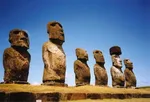 Ecology and Collapse: The Case of Easter Island
Ecology and Collapse: The Case of Easter Island  Fractals: Universally Self-Organized Structures
Fractals: Universally Self-Organized Structures